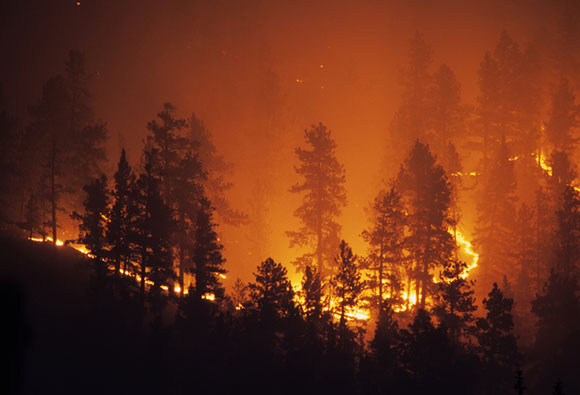The San-Francisco-based company PG&E is set to reorganize under a Chapter 11 Bankruptcy filing, due to the potential liabilities of over $30 billion caused by the wildfires. The sheer magnitude of this filing means the company will have to work very closely with a team of skilled bankruptcy attorneys to ensure the optimal outcome.

How Are They Liable?
The deadliest wildfire in California’s history called the “Camp Fire” began last November. Investigators have been probing whether PG&E’s power equipment ignited that fire, along with the “Tubbs Fire” back in 2017 that completely devastated much of Northern California’s wine country. As if the destruction of the natural environment and subsequent industries wasn’t tragic enough, over 100 people died in the fires.
The Search for a New CEO
The company has already begun its search for a new leader after Geisha Williams resigned as chief executive officer. Geisha Williams, 57, was considered one of the world’s most powerful women in business. She resigned with a gracious speech in which she thanked the people of California for the “honor to lead PG&E and to serve more than 16 million people in Northern and Central California.” She also wished her colleagues well. To note: PG&E employees will be receiving full pay during the Chapter 11 restructuring process.
Ms. Williams is the daughter of Cuban political refugees and made history when she became the nation’s first Latina CEO of a Fortune 500 company after taking charge at PG&E. Ms. Williams is not the first of PG&E executives to resign. Earlier this month, Patrick Hogan (senior vice president of electric operations at PG&E’s utility unit), Kevin Dasso (vice president of electric asset management) and Gregg Lemler (vice president of electric transmission) all departed from the company.
Former CEO Made Attempts to Change California Laws
During her reign at PG&E, Williams spent multiple millions of dollars attempting to convince California state legislatures and lawmakers to change a legal doctrine known as “inverse condemnation.” The doctrine held utilities liable for damages if their equipment was found to have started a wildfire from a spark—even if the equipment and company weren’t found to be negligent.
Williams claimed the doctrine was a bad public policy that turned utility companies into the default insurers of the state. She also claimed that wildfires were a symptom of a more significant problem: climate change – and that as the climate in California grew hotter and drier over the years, the conditions for wildfires to be sparked were ever-more prevalent.
Lawmakers rejected William’s request to change the liability law.
Filing for Bankruptcy as a Solution to Potential Liability
Soon after that, it came to light that PG&E had potentially been falsifying records relating to locating and marking underground gas lines from 2012-2017. The significance of those years is that PG&E was, at that time, attempting to convince the public that it had cleaned up its act since a horrific 2010 pipeline blast that killed eight people in California.
PG&E said that bankruptcy was the best way to move forward in this current situation. In a public statement, a representative for the company also noted that PG&E “does not expect any impact to electric or natural gas service for its customers as a result of the Chapter 11 process [and] remains committed to assisting the communities affected by wildfires in Northern California…”
Oddly, barricades were set up in front of the PG&E offices in San Francisco. The security guards present on the scene did not shed light on why the barriers were there, but it is known that employee IDs are being checked before employees are allowed to enter the building.





